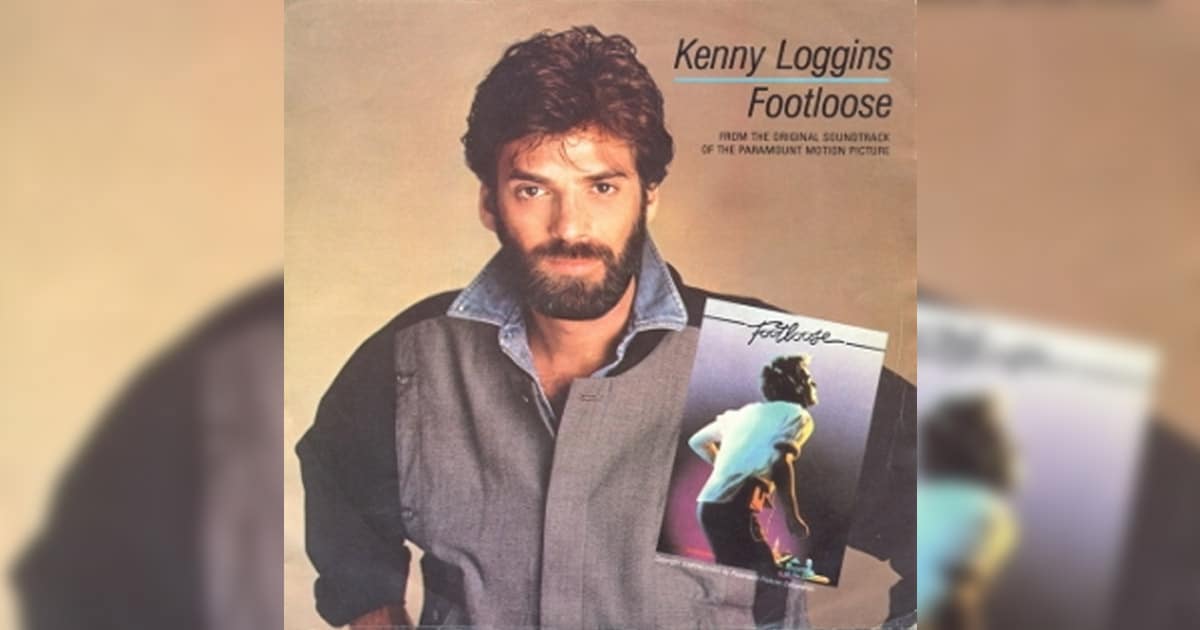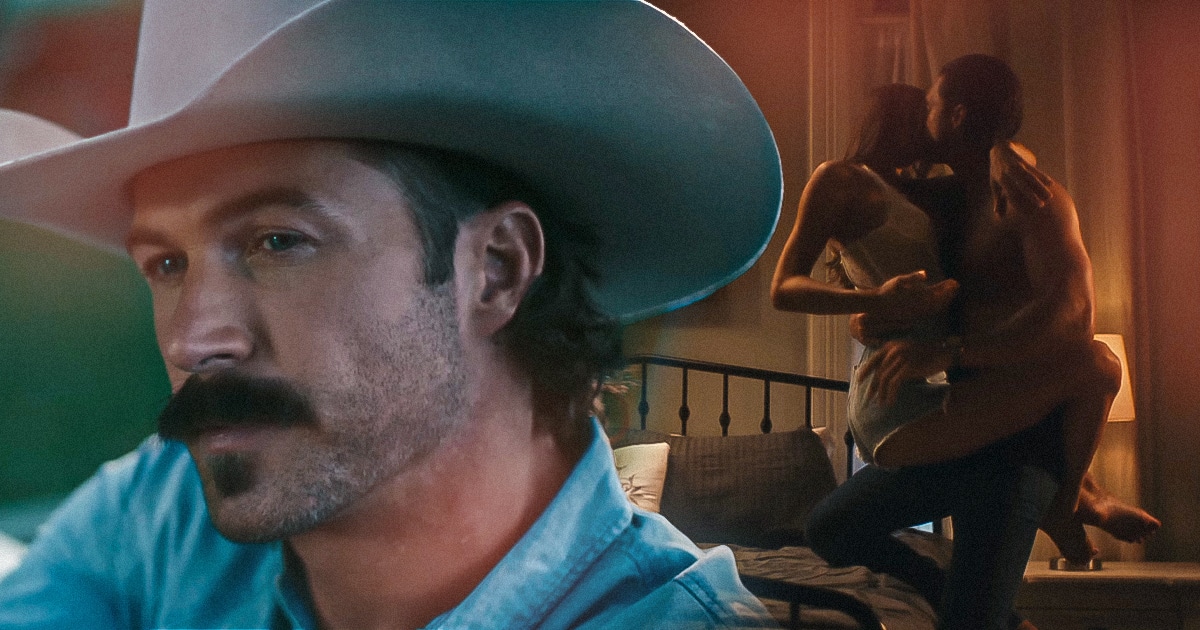Upon its release on January 11, 1984, “Footloose” by Kenny Loggins took over radio stations and charts in a wham. Loggins wrote the song with Dean Pitchford, and together, they made history. Gaining attention from the American musical drama film “Footloose,” it spent three weeks as No. 1 on the US Billboard Hot 100. It ranked No. 4 in the Top Pop Singles of Billboard’s 1985 Talent Almanac. The song’s impact was notable in that it was selected for preservation by the Library Congress at the 2017 National Recording Registry for its “fun, invigorating and, in its way, a little rebellious” tune.
“Footloose” was nominated for Best Original Song at the 1985 Academy Award but lost to Stevie Wonder’s “I Just Called to Say I Love You.” Regardless, its iconic status is indisputable that it reached the 96th position in the AFI’s 100 Years… 100 Songs. A cover by Blake Shelton was released later for the 2011 remake of the same film.
Meaning Behind the Song
Kenny Loggins’ “Footloose” was everywhere back in the 80s, and you can understand why. Its catchy drum beat in the intro is enough to make your shoulder dance to the beat. But how did the legendary song come to life?
Dean Pitchford, screenwriter of the Footloose film, initially had the idea to call his screenplay “Cheek to Cheek.” He even had the idea to call it ‘footloose and fancy free’ until he went with the official title of the 1984 film. When it was time to write the soundtrack, Pitchford and Loggins spent three consecutive days together in the room developing the song.
“I was inspired by Mitch Ryder’s ‘Devil With a Blue Dress,’ which had exactly the kind of groove I was looking for and opening bars that are about as classic as rock and roll gets.” Loggins told Vulture. “Dean helped integrate the script into our lyrics. I never would have thought of a line like ‘Kick off your Sunday shoes,’ but Dean knew that Ariel’s [a female character from Footloose film] father was a preacher and that line became a great reference. Dean brought in a ton of ideas like that.”
The singer also took inspiration from Paul Simon’s “50 Ways to Leave Your Lover” for the snappy rhymes, with a little influence of the groove from David Bowie’s single “Modern Love.”
Putting the many influential musicians Loggins admired into a piece of music formed an emblematic disco song that will stay alive for decades. That is why even though years have passed, “Footloose” still remains a musical centerpiece.
Lose your blues and play Kenny Loggins’ “Footloose” as loud as you can with the music video below.


















